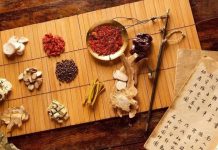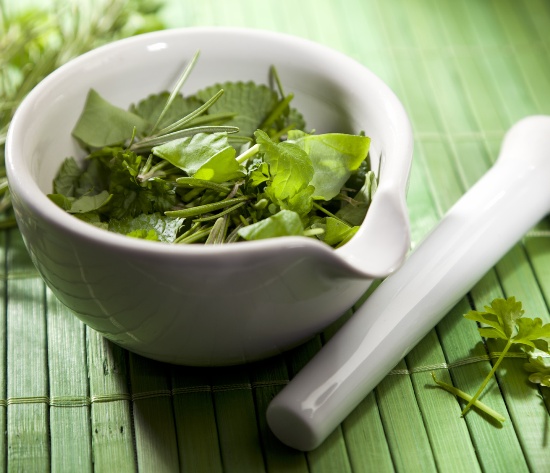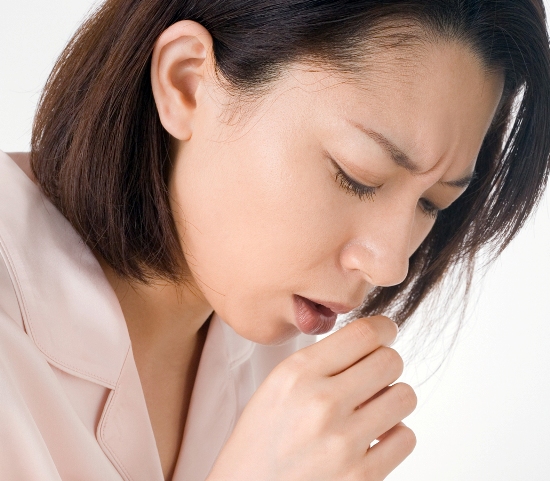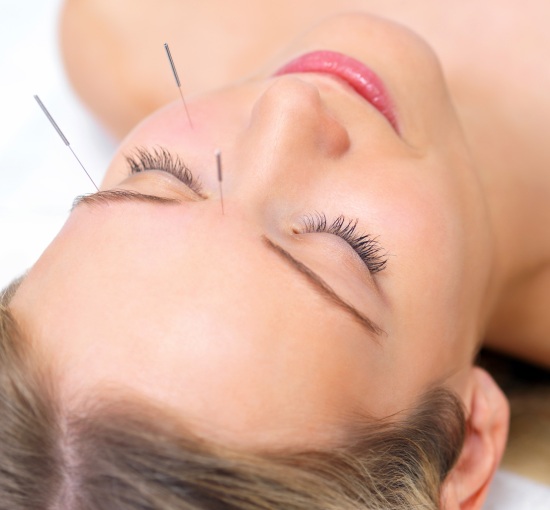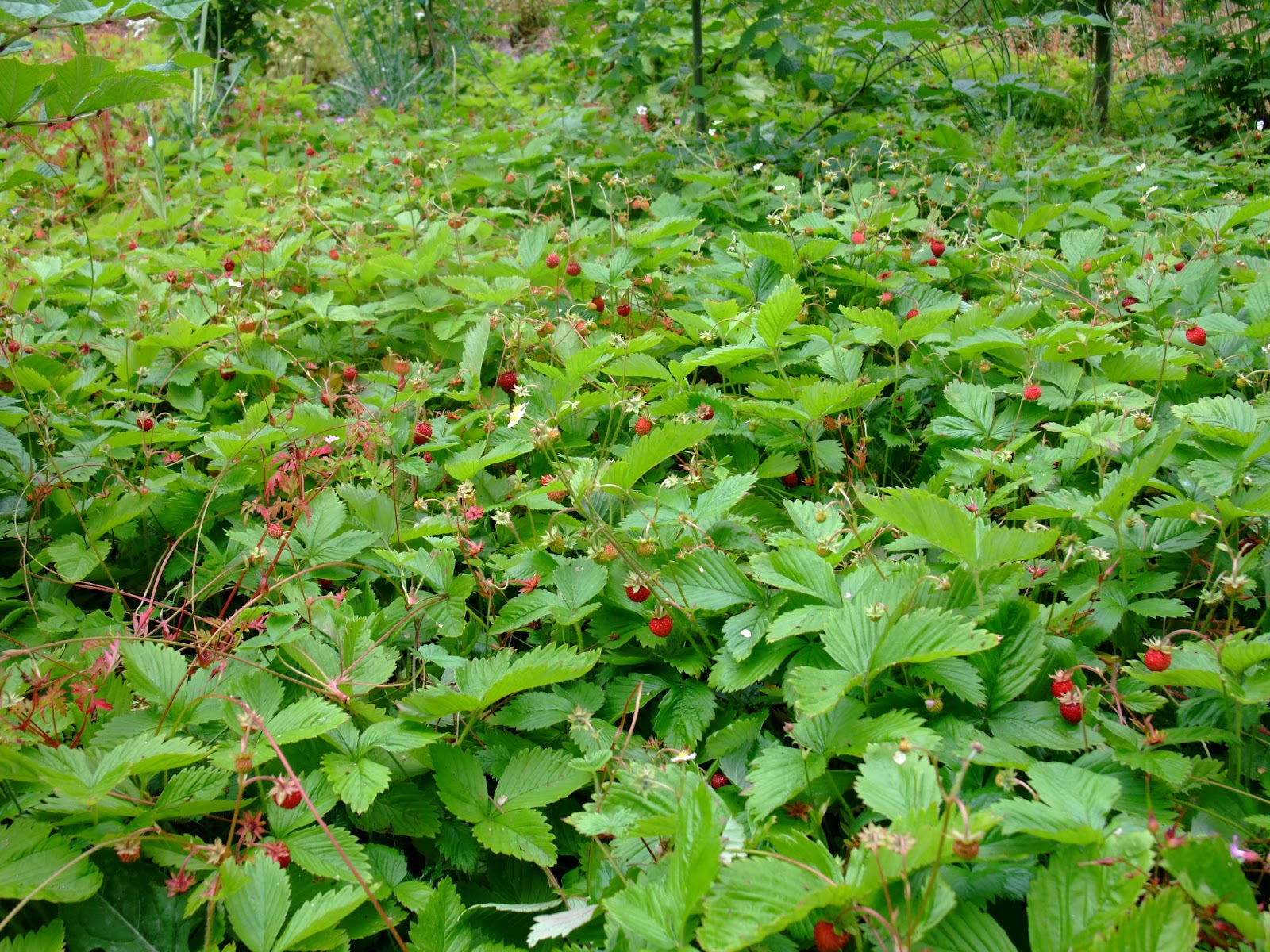It is important to remember that Chinese healing and traditional medicine, though viewed as ‘Alternative’ or ‘Complementary’ therapy in the Western world are actually the mainstream of medical care in the Oriental world or East Asia.
Chinese healing relies on several diagnostic factors such as visual, tactile auditory and olfactory as well as case history based to establish a pattern which is then to be treated.
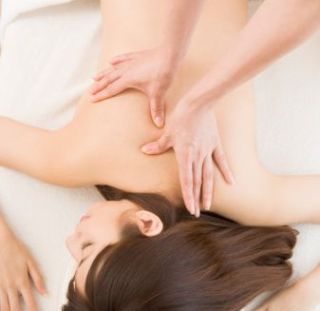 The balance of Yin and Yang form the central basis of Chinese healing.
The balance of Yin and Yang form the central basis of Chinese healing.
The Four stages theory is used to track the progression of ‘warm’ diseases, of that of ‘cold’ diseases the six-level theory is used.
For the purposes of disease classification the eight principles system is used.
There is the increasing belief among western societies that the basic premise of prevention of disease and disorder and the stress that traditional methods of healing place on holistic well being is desirable.
There is the growing opinion that such traditional therapies should in fact be made part of an integrated system of healing that includes western curative medicine, Chinese healing and other complementary treatments.
There are a number of different aspects of Chinese healing traditions – herbal medicine is one, then there is the discipline of acupuncture, massage forms such as Tui Na and Shiatsu as well as dietary therapy – these different aspects comprise the whole tradition of Chinese healing practices.
While a person in the west would be unlikely to go to a practitioner of Chinese healing for say a broken bone or for cancer, these traditional therapies very much form part of the treatment in eastern societies.
The integration of traditional healing still is of such central importance in eastern societies that if a person in China had, say cancer, he would receive chemotherapy for his disease but perhaps at that same hospital that offers chemo, would also complement this with a herbal formulation or traditional treatment of some sort.
The way that Chinese healing has evolved is that many of the traditional formulations are now available in the form of tablets, powders, granules etc.
As many as 675 different ingredients are used in Chinese healing and medicine, that draw on plant and animal sources.
Several kinds of fungi, reptiles such as geckos, snakes and frogs, and insects such as bees and earthworms as well as sea creatures such as sea horses and sharks may be some of the ingredients.
For obvious reasons many of these formulations could pose problems for vegetarians and vegans and in this case, appropriate substitutions can be made.
With Chinese healing, there is the worry about regulation of formulations. For instance some ingredients in traditional treatments may be actually be classified as toxins in the modern context, but are known to be efficacious when part of certain herbal medications. To this end, separate legislation to govern Chinese healing is suggested.
The other problem that many see as a grave problem with Chinese healing is that of the pressure on endangered species such as tigers.
Due to the reliance placed on animal ingredients sourced from tigers (penis), bear (bile), rhino (horn), sea horses, sharks etc, there has been opposition to certain formulations of Chinese healing.


